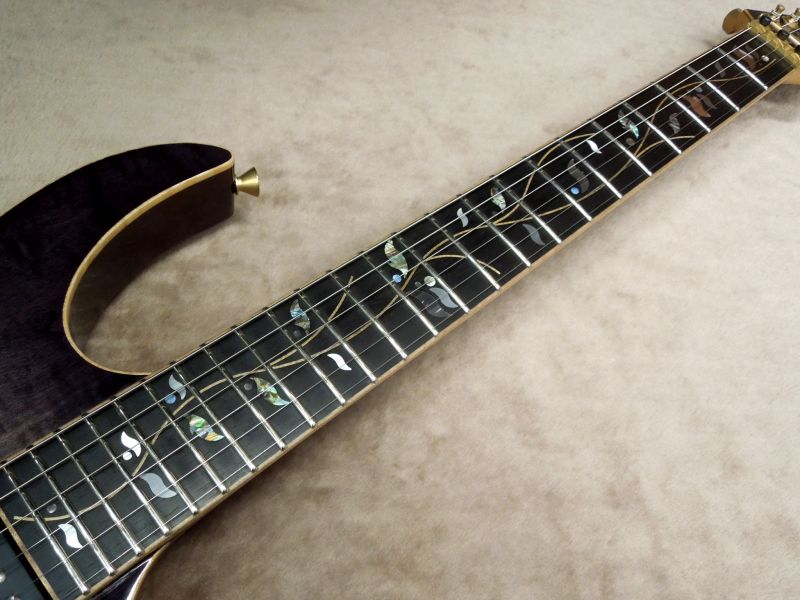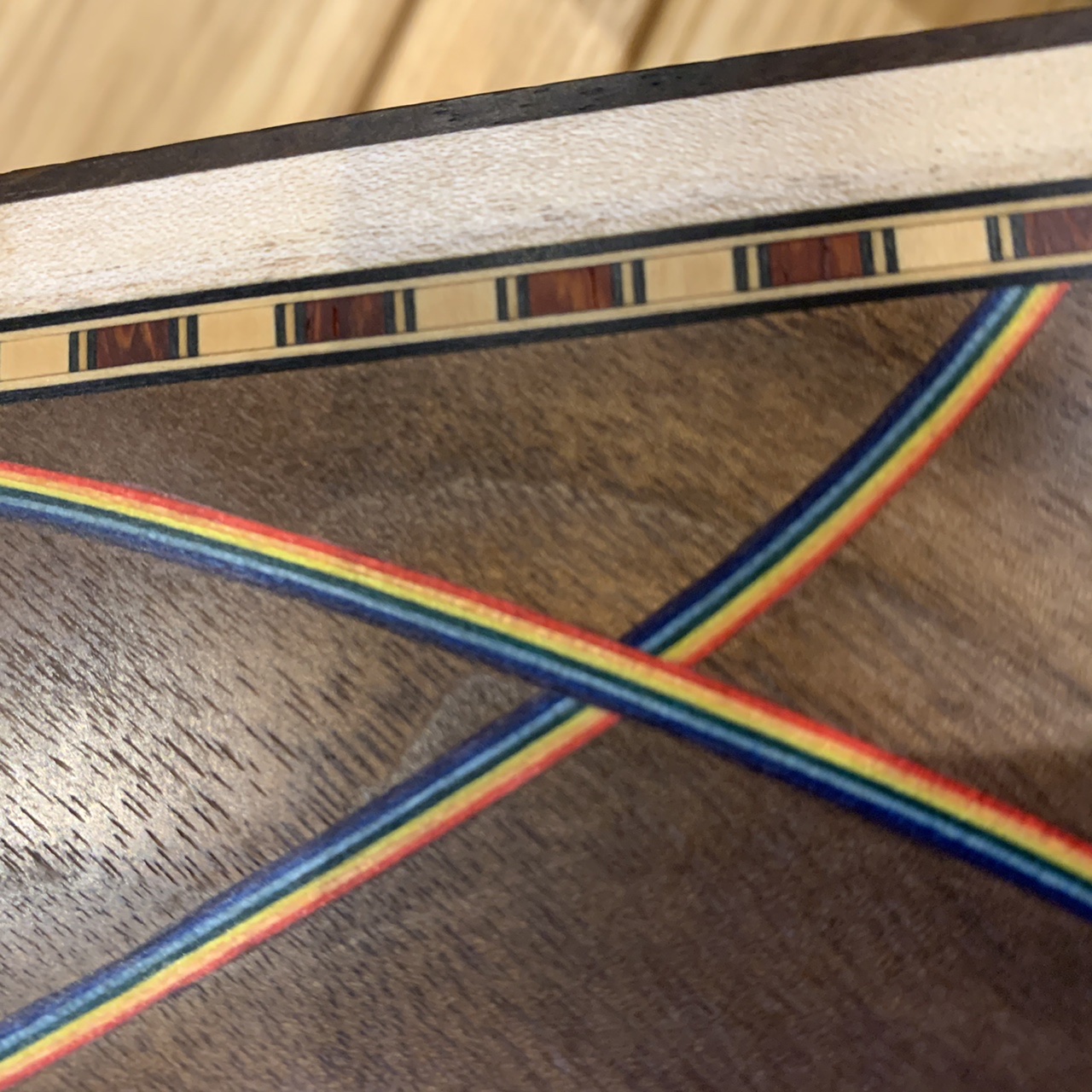I have a fret board that I am thinking about fret markers.
I then saw the Ibanez Jem Vine of life design

For square/rectangle inlays I can see how to cut out/carve, however what would the process be for the vine using hand tools.
Trace the design onto the inlay material, cut out.
Place cut out on fingerboard and draw round inlay.
Then cut inside of traced line until inlay fits.
Any tips other than take your time?
Thanks.
I then saw the Ibanez Jem Vine of life design

For square/rectangle inlays I can see how to cut out/carve, however what would the process be for the vine using hand tools.
Trace the design onto the inlay material, cut out.
Place cut out on fingerboard and draw round inlay.
Then cut inside of traced line until inlay fits.
Any tips other than take your time?
Thanks.


































